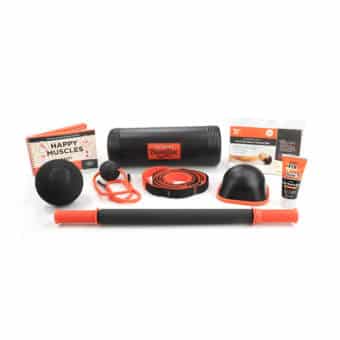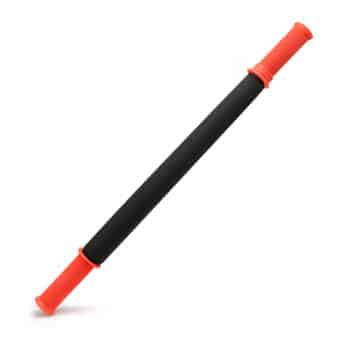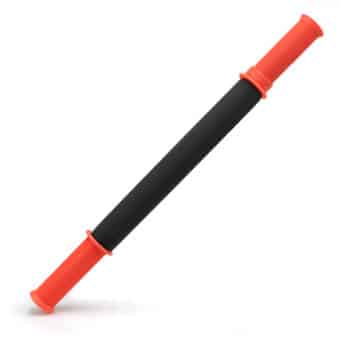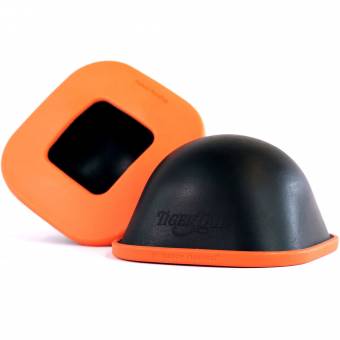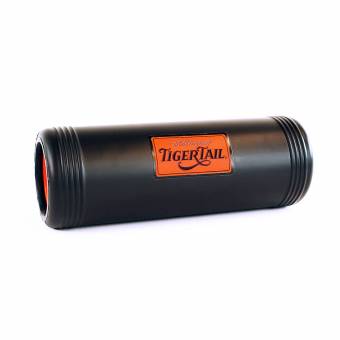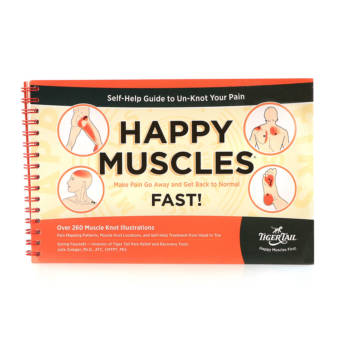Tools That Can Help Ease Lower Back Pain
Muscle Knots in Lower Back
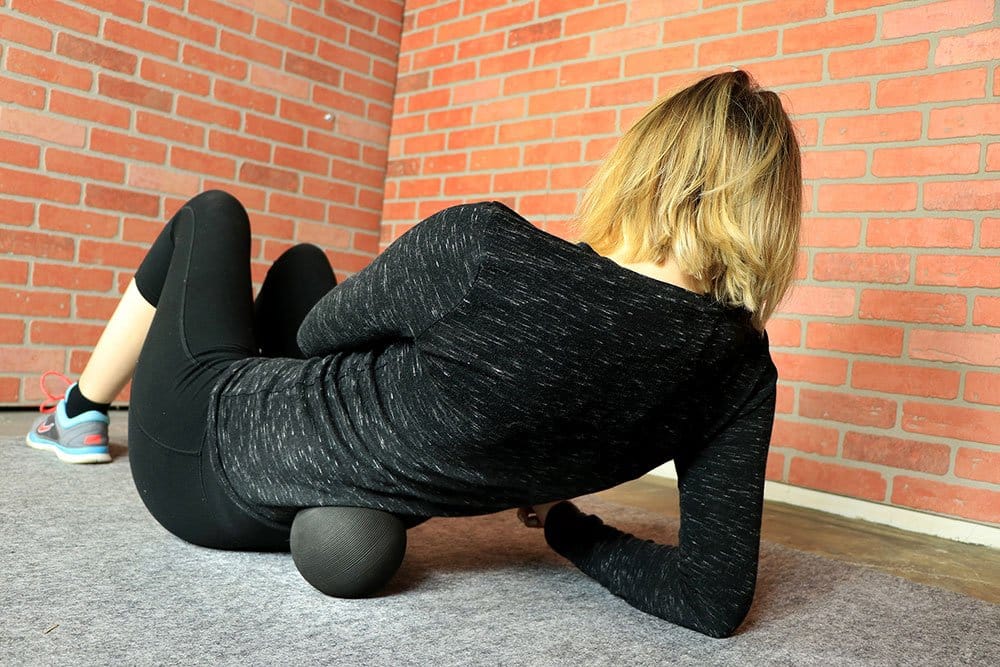
Pain in the back can come from many different muscles throughout the body. Pain can be caused by knots in the lower back, upper back, and hamstring muscles. Pain patterns can also run in different directions including vertical and horizontal. Muscle knots contributing to back pain are typically located in the belly of the muscles. Back pain can stem from muscles in both the back and front of the body. Many people suffer from low back pain as a result of incorrect lifting, posture and flexibility issues. These issues can often be treated with tools made for lower back myofascial release.
Common lower back muscle knots, which consist of tight and contracted muscles, are indicated below by a black dot. The red area in the illustrations indicate “referred pain” – meaning, the pain you feel is often not in the location of your trigger point until you press on it. As an example, you may feel pain in the lower back, but the trigger point may actually be in the hip. For a comprehensive look at more than 260 different pain map illustrations throughout the body, you may want to purchase the Tiger Tail Self-Help Guide to HAPPY MUSCLES.
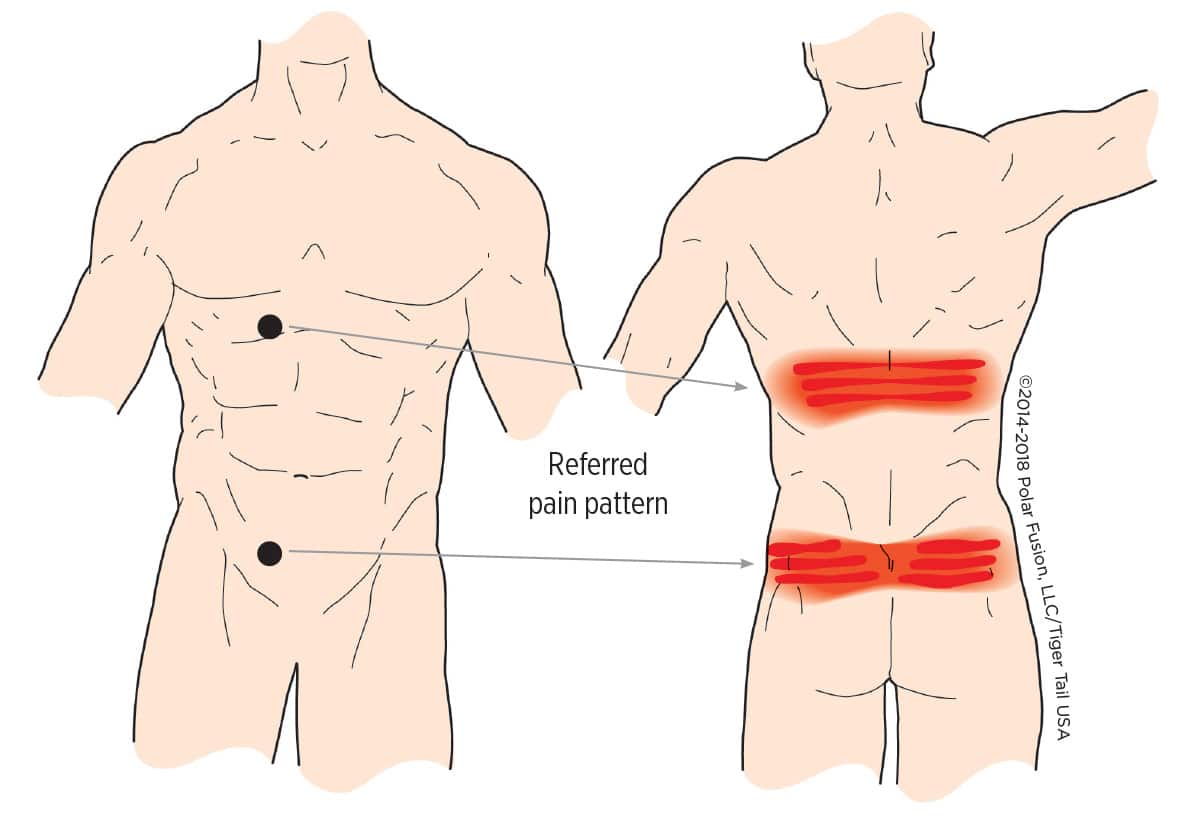
Referred pain in the lower back may originate from the Rectus Abdominis, commonly known as the “abs”.
Common Conditions Relating to Lower Back Pain:
- Muscle spasm
- Sprains and strains
- Aches or general discomfort
- Difficulty in getting up and down from sitting
- Unable to find a comfortable position whether sitting, standing or lying down
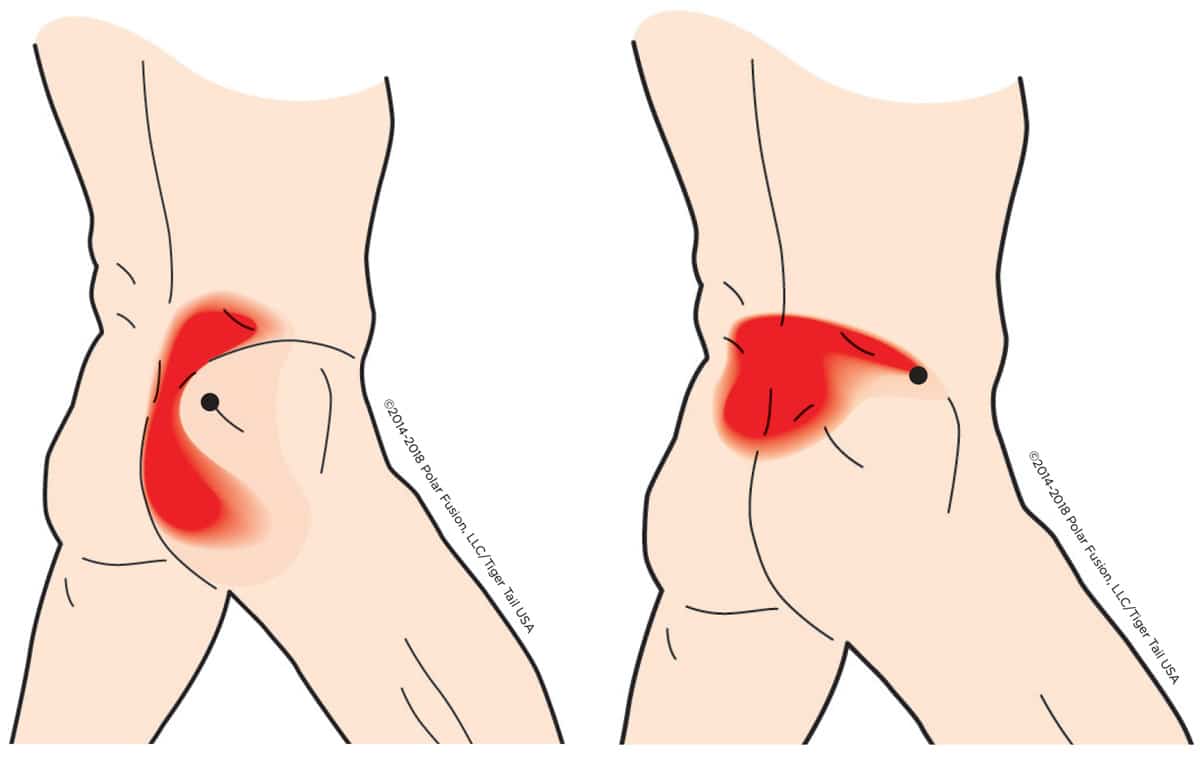
A weak Gluteus Medius, an important hip muscle, is often associated with lower back pain.
Tips for Happier Muscles:
- Locate the muscle knot by applying pressure to the area causing pain. A muscle knot can be actively painful, or you might not even know it exists until you put pressure on it.
- Rub the muscle knot to allow blood and oxygen to circulate freely to that muscle area.
- Find the right pressure. When you press on a muscle knot with just the “right amount of pressure”, it can make you laugh and cry at the same time because it can “hurt so good”. Pressing too hard, however, it can make you cry for mercy!
- If you gently rub the muscle knot you may feel tenderness in both the muscle and the muscle knot. Sometimes, the referred pain symptoms are able to be reproduced when pressure is applied to the muscle knot.

